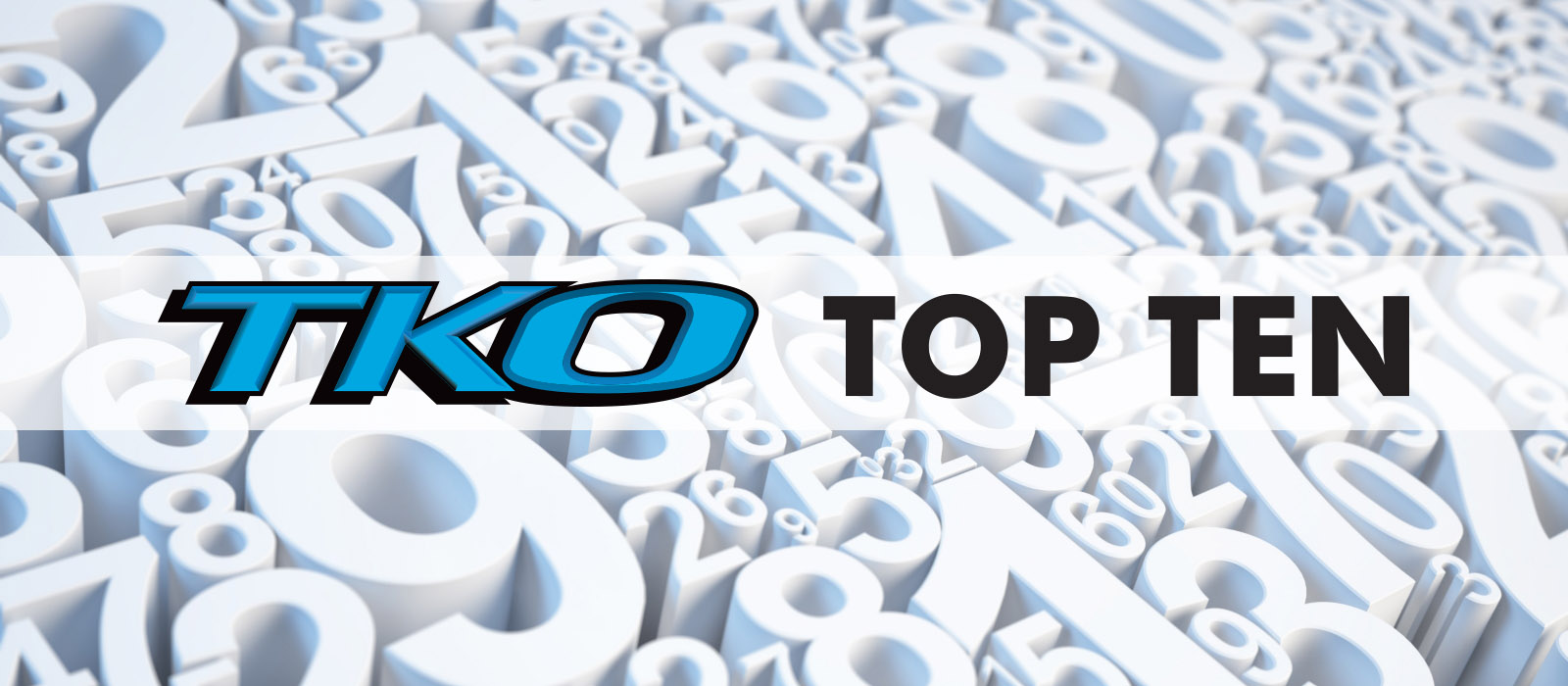We’ve all seen flyers with fuzzy out-of-focus super-pixelated images, brochures using…Comic Sans, and business cards that don’t share complete information, but how does this happen? Who looks at mistake-ridden print pieces and says, “Looks fine to me!” The most likely answer is nobody…or least somebody who isn’t qualified to review the material; it may have been a rush job, or designed by non-designers. Regardless, it could be avoided by taking the time to review this list before sending pieces to the printer. Please use this top ten as your collateral material design checklist.
Fonts Too small to easily read or so big and bold they’re SHOUTING.
Low resolution. Caused by using low definition images or attempting to enlarge graphics not meant to be enlarged. TKO Tech Talk: Vector Graphics
Limited white space. White, or negative space, is the unprinted areas such as margins, columns, or space between lines of type and images. White space can be used to capture and direct attention.
No CTA. The call to action doesn’t have to be a special offer, email opt-in, or an urgent time-sensitive activity, but it at least needs to include a reason to connect and contact information.
Unmatched Images. Such as, a piece using a vintage image of a service person with a background of odd geometric shapes in pastel colors. What?
Outdated Information. Dates, products, and changes within the organization. If something has to be crossed out and new correct information written in—it’s out of date. Not acceptable.
Cheap looking. Not choosing the appropriate paper or using inks that don’t match the material can cheapen the product as much as poor design and bad images. I’ve even seen brochures where contact information was hand stamped. Not good.
Poor copy. Too often copy is an afterthought. It shouldn’t be. Don’t Forget the Content.
Omitting the benefit. Unless the customer is an engineer, they don’t care about engineering—they want to know what it does for them. Tell them.
And the number one answer is…Lack of Brand Unification
Any and every piece of collateral material should look like it came from the same organization. Not only brochures, business cards, and direct mail pieces, but vehicle graphics, signage, and stationary should all send a unified message—this is who we are!
There you have it, the top ten collateral material mistakes, which can be used as a checklist to avoid these embarrassing and poor marketing mistakes. Or…you could contact the TKO Marketing Solutions Team; they’ll limit your collateral damage.


Leave A Comment